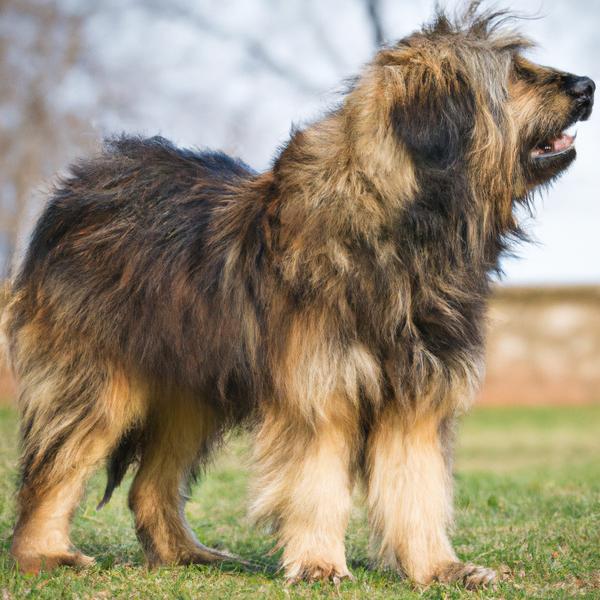Tibetan Wolfhound vs. Silkland Terrier: Breed Differences and Similarities
Hypoallergenic
Are Tibetan Wolfhounds or Silkland Terriers hypoallergenic, or neither?
Unfortunately, the Tibetan Wolfhound is not hypoallergenic, making it not a good choice for a dog lover who suffers from pet allergies.
While no dogs are truly 100% hypoallergenic, Silkland Terriers are about as close as it gets, making them an ideal pet if you are an allergy sufferer.
Temperament
What are the personalities of Tibetan Wolfhound and Silkland Terrier dogs?
Stubborn
Aloof
Dignified
Protective
Courageous
Intelligent
Patient
Loyal
Tempered
Sweet
Strong
Willed
Generous
Thoughtful
Independent
Alert
Courageous
Intelligent
Friendly
Responsive
Affectionate
Quick
Joyful
Inquisitive
Shedding Level
Do Tibetan Wolfhounds shed more than Silkland Terriers, or which breed sheds more, Tibetan Wolfhounds or Silkland Terriers?
Tibetan Wolfhounds are moderate shedders, but regular brushing can reduce shedding and maintain coat health.
Silkland Terriers shed very little hair, making them a great choice for those who dislike excess hair in the house.
Watchdog Ability
Which dog breed makes a better watchdog, the Tibetan Wolfhound or Silkland Terrier?
Choose a Tibetan Wolfhound if you want a top-notch watchdog. This breed takes guarding seriously, and may not require much training, though obedience or guard dog training can improve their skills.
Avoid Silkland Terriers as watchdogs - they're not effective.
Ancestry
What are the origins of Tibetan Wolfhound and Silkland Terrier breeds?
Irish Wolfhound and Tibetan Mastiff
West Highland White Terrier and Silky Terrier
Date of Birth
When were Tibetan Wolfhound and Silkland Terrier breeds first developed?
Unknown
2000's
Eye Color Possibilites
What are the eye colors of Tibetan Wolfhound and Silkland Terrier dogs?
Brown
Brown
Nose Color Possibilites
What are the natural nose colors of Tibetan Wolfhound and Silkland Terrier?
Black
Black
Coat Color Possibilites
What are the natural colors of the coat for Tibetan Wolfhound and Silkland Terrier breeds?
Gray
Black
Fawn
White
Cream
Brown
Black
Coat Length
What is the typical coat length for Tibetan Wolfhound and Silkland Terrier breeds?
Tibetan Wolfhounds have medium-length coats.
Silkland Terriers have longer coats compared to most dogs.
Coat Density
What is the density of the coat of Tibetan Wolfhound and Silkland Terrier?
Coat Texture
What is the hair texture of Tibetan Wolfhound and Silkland Terrier?
Wiry
Straight
Litter Size
What is the usual litter size for Tibetan Wolfhound and Silkland Terrier?
A Tibetan Wolfhound can have a litter of 5-12 puppies on average. However, it's worth noting that the size of the litters can vary greatly. Factors that can influence litter size include the health of the mother, breeding history, and genetics.
A Silkland Terrier can have a litter of 3-5 puppies on average. However, it's worth noting that the size of the litters can vary greatly. Factors that can influence litter size include the health of the mother, breeding history, and genetics.
Adaptability
The adaptability of Tibetan Wolfhound and Silkland Terrier dogs is a well-known trait. They are known for being able to adjust well to different living environments and lifestyle changes.
Health Issues
Between Tibetan Wolfhound and Silkland Terrier, which breed is more prone to health problems?
The Tibetan Wolfhound and Silkland Terrier breeds are commonly healthy with low vet costs, regular check-ups may not be as necessary but it's important to keep an eye on their health and have them checked by a veterinarian when needed.
Major Concerns
What are the major health concerns for Tibetan Wolfhound and Silkland Terrier breeds?
Elbow Dysplasia
Hip Dysplasia
Osteochondritis Dissecans
Progressive Retinal Atrophy (PRA)
Liver Shunts
Gastric Dilation Volvulus (GDV) or Bloat
Seborrhea
Keratoconjunctivitis Sicca (Dry Eye)
Craniomandibular Osteopathy (Lion Jaw)
Minor Concerns
What minor health issues should be kept in mind when owning Tibetan Wolfhound and Silkland Terrier?
Ear Infections
Skin Problems
Anesthesia Sensitivity/Allergy
Patellar Luxation
Deafness
Pulmonic Stenosis
Diabetes
Legg-Calve-Perthes Disease
Persistent Pupillary Membranes (PPM)
Leukodystrophies
Chronic Hepatitis
Occasional Tests
What occasional tests are recommended for Tibetan Wolfhound and Silkland Terrier breeds?
X-Rays
Skin Evaluation
Blood Analysis
Full Body Physical Examination especially of the joints
Brain Auditory Evoked Response (BAER)
Internal Imaging (x-ray, CT scan, MRI, etc.)
Ear Tests and Myringotomy Tests
Blood Sugar and Thyroid Tests
Yearly Physical Examination
Eye Examinations (both internal as well as external)
X-rays of various parts of the skeletal system
Dental and Oral Examinations
Various Blood Tests
Energy
How do the energy levels of Tibetan Wolfhounds and Silkland Terriers compare?
For those who lead a balanced lifestyle, Tibetan Wolfhound and Silkland Terrier breeds may be a good choice as they have an average energy level.
Social Needs
Tibetan Wolfhound vs Silkland Terrier social needs comparison
Tibetan Wolfhound has average social needs and is less independent than other breeds.
Silkland Terrier has above average social needs and thrives with interaction with humans and other dogs.
Exercise Needed
Tibetan Wolfhound vs Silkland Terrier exercise need comparison.
Tibetan Wolfhounds require significant physical activity and suit those with an active lifestyle.
Silkland Terriers need moderate physical activity and are great for families and active individuals.
Sleeping Need
Which of the two sleeps the most/least: Tibetan Wolfhound or Silkland Terrier?
Tibetan Wolfhound and Silkland Terrier breeds are known to have moderate energy levels and normal sleep patterns, typically sleeping around 12-14 hours per day.
Tendency to Bark
Do Tibetan Wolfhounds or Silkland Terriers bark more/less frequently?
The Tibetan Wolfhound is a vocal breed that frequently barks and howls, and may not be suitable for those seeking a quiet companion.
Silkland Terriers bark moderately when necessary and may also bark due to certain triggers like fear, alarm, boredom, greeting, separation anxiety and compulsive barking.
Mouthiness
Mouthiness Comparison: Tibetan Wolfhound vs Silkland Terrier?
Roaming urge
Tibetan Wolfhound vs Labrador: Running away tendency?
Prey Drive
Tibetan Wolfhound or Silkland Terrier - which breed has a higher level of prey drive?
Activity Level
Which breed has higher energy, Tibetan Wolfhounds or Silkland Terriers?
Tibetan Wolfhounds are low-energy dogs. This breed make a great companion for a relatively inactive person. Tibetan Wolfhound dogs require a few short daily walks, and then they're happy snuggling next to you for the rest of the day.
Silkland Terriers are high-energy dogs. They need mental as well as physical exercise. These dogs require a lot of your involvement and without it they can, and will, become problematic dogs.
Tolerance of being left alone
Walks per Week
How many miles should Tibetan Wolfhound or Silkland Terrier walk each week?
There's really no limit to how far you walk your dog as long as they're comfortable. For Tibetan Wolfhound, it's at least 7 miles / week. Just remember to build distance and stamina gradually over time.
There's really no limit to how far you walk your dog as long as they're comfortable. For Silkland Terrier, it's at least 8 miles / week. Just remember to build distance and stamina gradually over time.
Activity per Day
Do Tibetan Wolfhounds or Silkland Terriers require more exercise?
In general most Tibetan Wolfhounds usually need at least 45 minutes of exercise daily. This can be spread across the day and include all sorts of high-energy activities, like walking, running and playing.
In general most Silkland Terriers usually need at least 90 minutes of exercise daily. This can be spread across the day and include all sorts of high-energy activities, like walking, running and playing.
Grooming
Which breed is easier to maintain in terms of grooming, Tibetan Wolfhounds or Silkland Terriers?
The Tibetan Wolfhound requires an average amount of grooming compared to other breeds.
Silkland Terriers require significant grooming, including regular trims and professional grooming assistance to maintain their coat. They may also require frequent bathing to keep their coat and skin healthy.
Brushing Frequency
What is the recommended brushing frequency for Tibetan Wolfhound and Silkland Terrier dogs?
Tibetan Wolfhound and Silkland Terrier should be brushed at least once a week. Of course, you can give them more frequent brushes if you find that they are still shedding a lot.
Brushing Tools
What brushing tools are used for Tibetan Wolfhounds and Silkland Terriers?
Pin Brush
Comb
Nail Clipper
Pin Brush
Dematter
Deshedder
Nail Clipper
Cups
How much food should be given to Tibetan Wolfhound or Silkland Terrier in cups?
For an average 160-180 pound (73 - 82 kg) Tibetan Wolfhound feed 4 cups daily. But, keep in mind, the amount you feed is going to be dependent on the quality of the food you are feeding.
For an average 15-20 pound (7 - 9 kg) Silkland Terrier feed 1 cups daily. But, keep in mind, the amount you feed is going to be dependent on the quality of the food you are feeding.
Daily Cost
Which breed has a higher daily cost, Tibetan Wolfhound or Silkland Terrier?
The average cost of a Tibetan Wolfhound is somewhere $3.90 - $4.20 per day.
The average cost of a Silkland Terrier is somewhere $1.10 - $1.40 per day.
Monthly Cost
Which breed has a higher monthly cost, Tibetan Wolfhound or Silkland Terrier?
The average per month expenses of a Tibetan Wolfhound is between $112 - $126. This makes an average of $1344 - $1512 per year. It will be on the higher side when the dog is still small because it will need more frequent visits to the vet, shots.
The average per month expenses of a Silkland Terrier is between $28 - $42. This makes an average of $336 - $504 per year. It will be on the higher side when the dog is still small because it will need more frequent visits to the vet, shots.
Intelligence
Comparing Intelligence: Tibetan Wolfhounds vs Silkland Terriers
Tibetan Wolfhound has below average obedience intelligence, but they excel in understanding human emotions.
Silkland Terriers are average in obedience intelligence but have a high IQ and may cause trouble if left unsupervised.
Sensitivity Level
How do Tibetan Wolfhound and Silkland Terrier compare in sensitivity?
These breeds are more sensitive than others and easily overwhelmed by new surroundings and people. Tibetan Wolfhound and Silkland Terrier need gentle handling and a calm, stable home environment with positive reinforcement training.
Affection Dependance
Which is the more affectionate dog breed: Tibetan Wolfhound vs Silkland Terrier?
Apartment Friendly
Which breed is more apartment-friendly: Tibetan Wolfhound or Silkland Terrier?
Tibetan Wolfhounds can do well in apartments with enough exercise and time outside, but a small yard would be ideal.
The Silkland Terrier is a great apartment dog, thriving with sufficient exercise and time outside as part of their daily routine.
Child Friendly
Do Tibetan Wolfhounds or Silkland Terriers have a friendlier temperament towards children?
Tibetan Wolfhounds have an average level of friendliness towards children.
Silkland Terriers are good with kids if socialized and trained from a young age.
Senior-friendly
Which dog is more suitable as a pet for the elderly - Tibetan Wolfhound or Silkland Terrier?
Cat Friendly
Do Tibetan Wolfhound or Silkland Terrier breeds have a better compatibility with cats?
Tibetan Wolfhounds and Silkland Terriers are an average cat friendly dog. They do well with cats, even more if raised together from puppyhood.
Dog Friendly
Which breed is more sociable with other dogs: Tibetan Wolfhound or Silkland Terrier?
Tibetan Wolfhounds are friendly and active companions, and can be good family pets, though their friendliness towards other dogs may vary.
Silkland Terriers are average in their friendliness towards other dogs, and socialization can help.
Pet friendly
How do Tibetan Wolfhound or Silkland Terrier dogs interact with other pets?
Stranger Friendly
Which breed is more friendly with strangers: Tibetan Wolfhound or Silkland Terrier?
Tibetan Wolfhounds are quick to announce strangers and can be standoffish or suspicious.
Silkland Terriers are friendly but may bark at strangers, and training is easy due to their intelligence.
Playfulness
Which breed is more playful between Tibetan Wolfhound and Silkland Terrier?
Tibetan Wolfhounds have an average level of playfulness, enjoying playtime like most dogs but not excessively so.
Silkland Terriers are very playful, so adopting an older one might be a better option for a more relaxed experience.
Trainability
How do the trainability levels of Tibetan Wolfhounds and Silkland Terriers compare?
Tibetan Wolfhounds are usually easy to train but require consistency to fully obey commands.
Silkland Terriers are popular for their ease of training and quick learning ability.
Compare Tibetan Wolfhound with other breeds
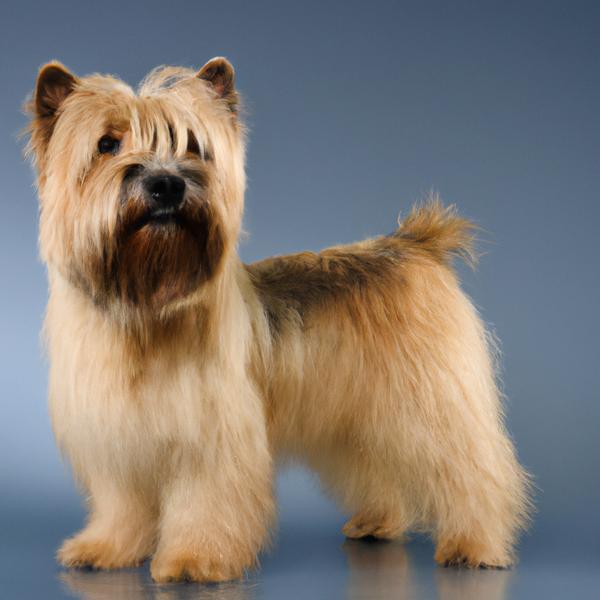
Silkland Terrier
Tibetan Wolfhound vs Silkland Terrier
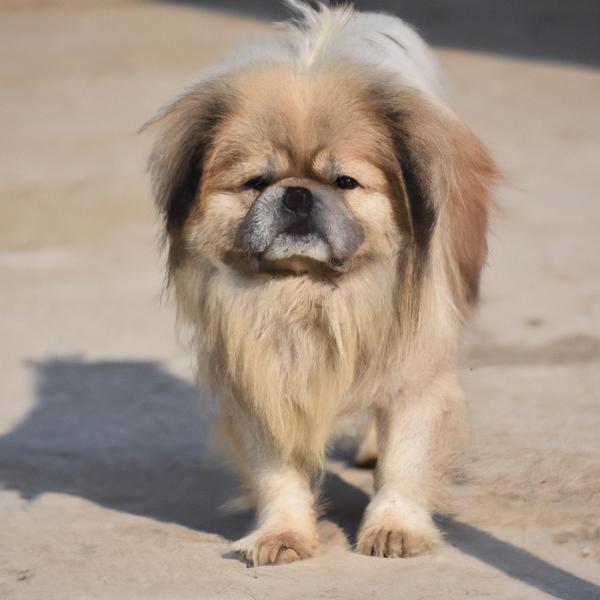
Chinaranian
Tibetan Wolfhound vs Chinaranian
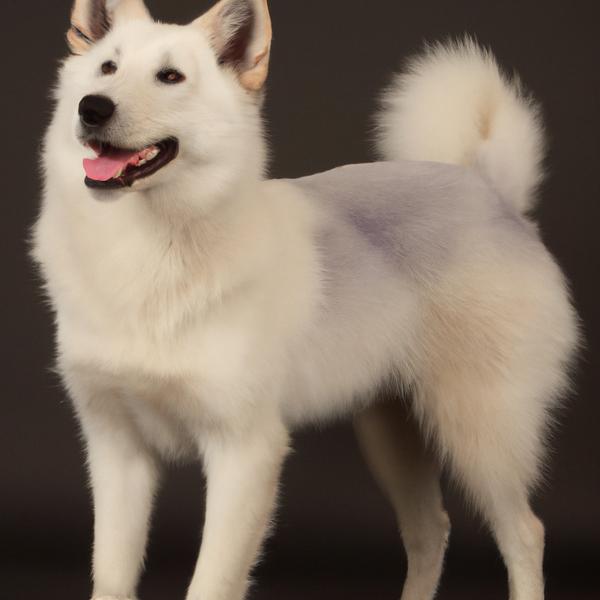
Australian Eskimo
Tibetan Wolfhound vs Australian Eskimo
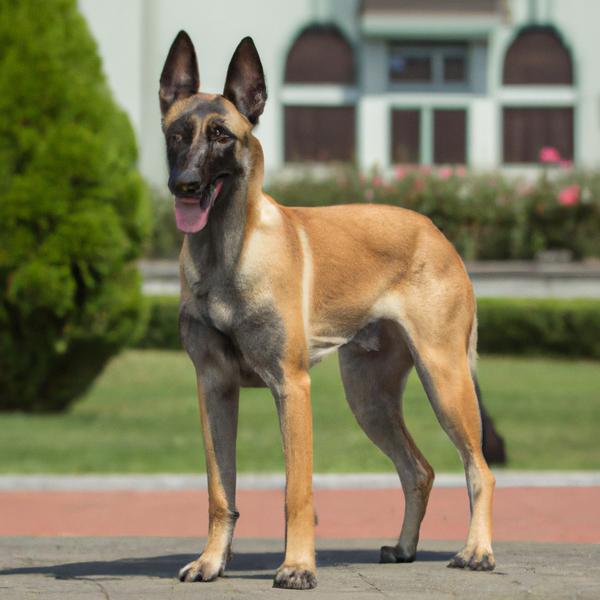
Belgian Malinois
Tibetan Wolfhound vs Belgian Malinois
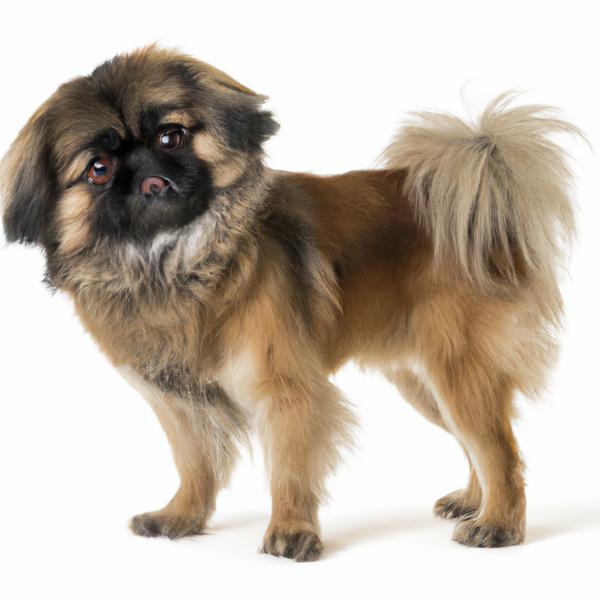
Peke-A-Boo
Tibetan Wolfhound vs Peke-A-Boo
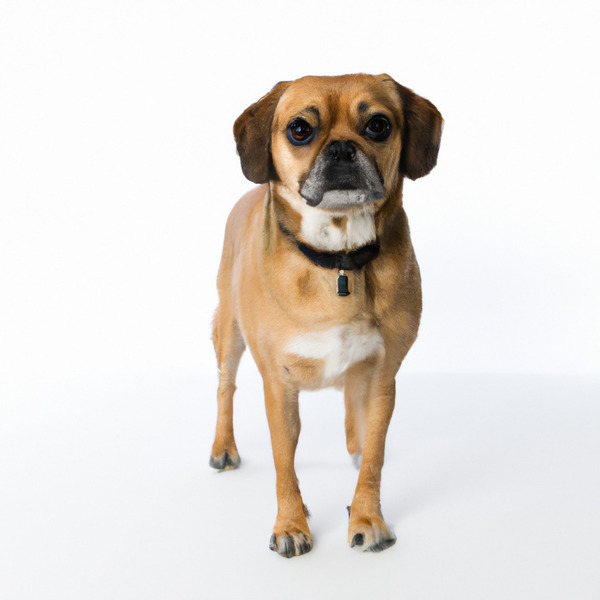
Puggle
Tibetan Wolfhound vs Puggle
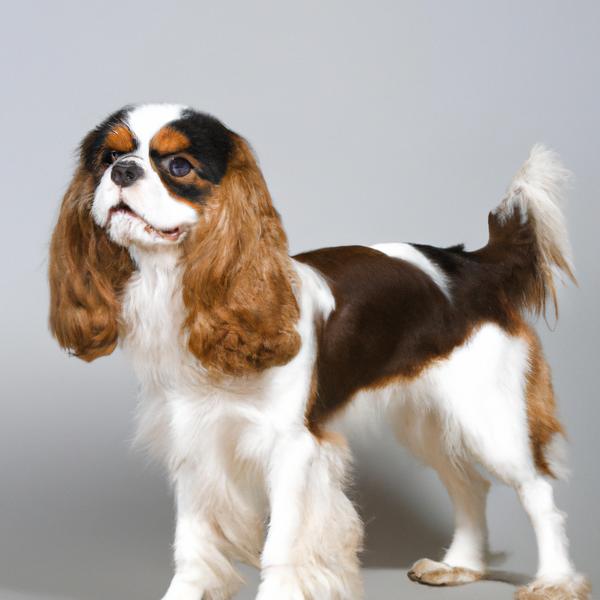
Cava-Shell
Tibetan Wolfhound vs Cava-Shell
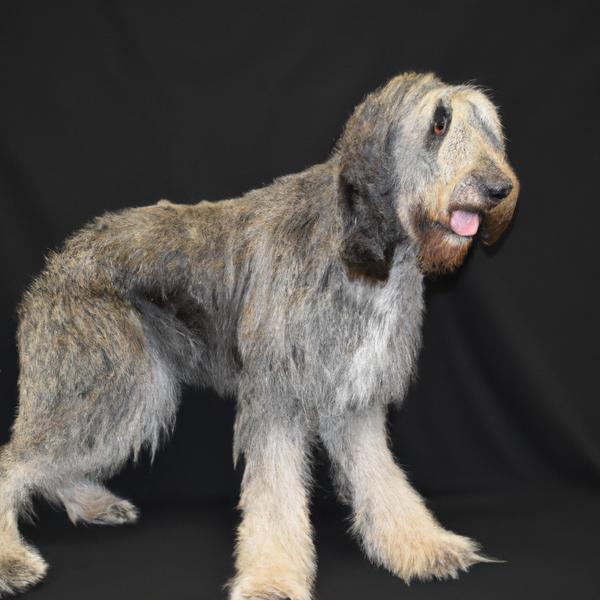
English Coonoodle
Tibetan Wolfhound vs English Coonoodle
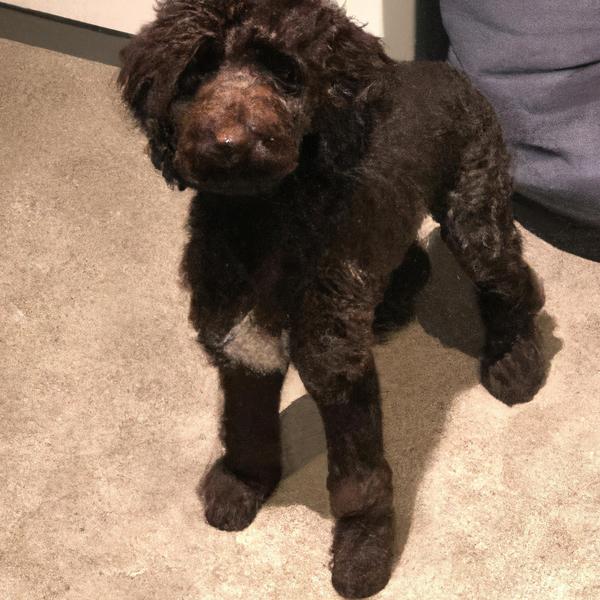
Beardoodle
Tibetan Wolfhound vs Beardoodle
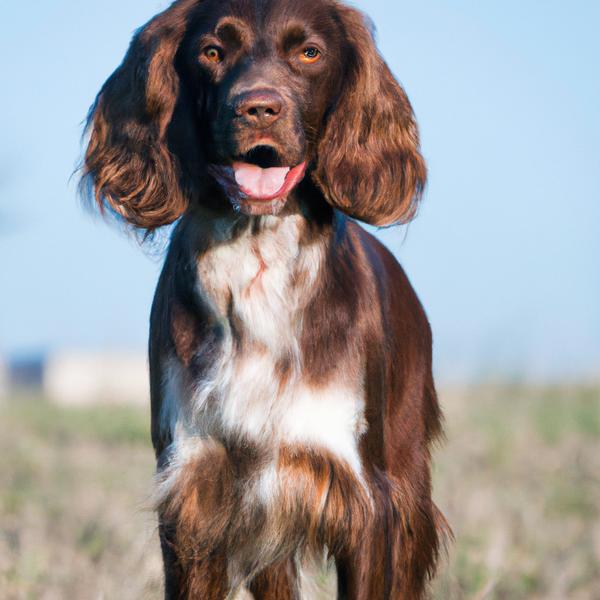
Field Spaniel
Tibetan Wolfhound vs Field Spaniel
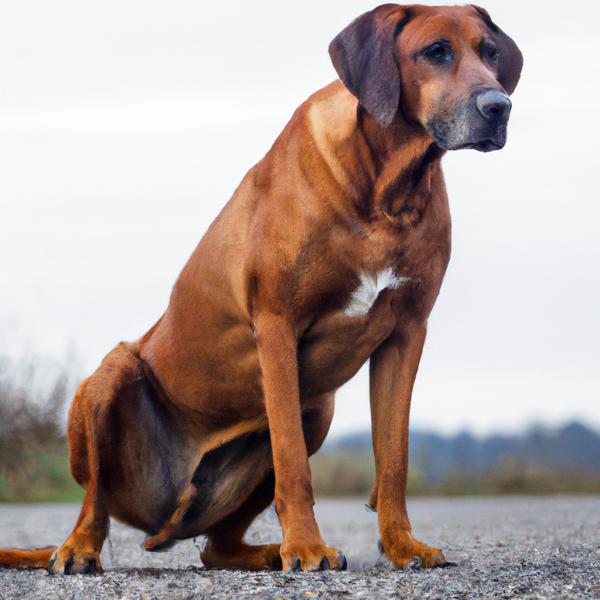
Rhodesian Bernard
Tibetan Wolfhound vs Rhodesian Bernard
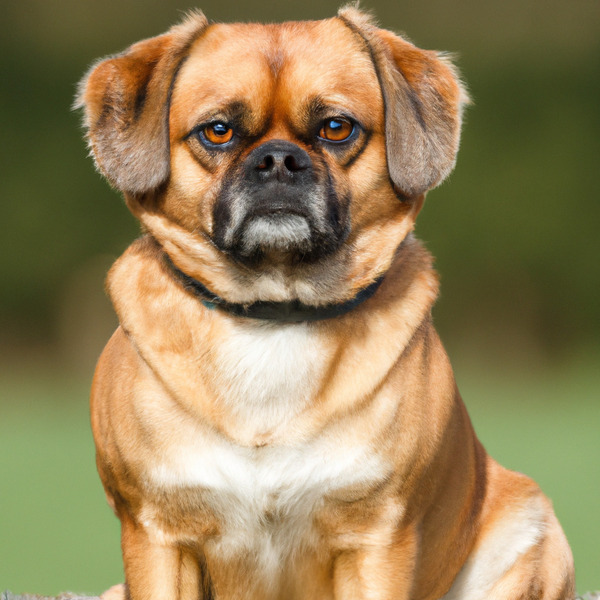
Pugalier
Tibetan Wolfhound vs Pugalier
